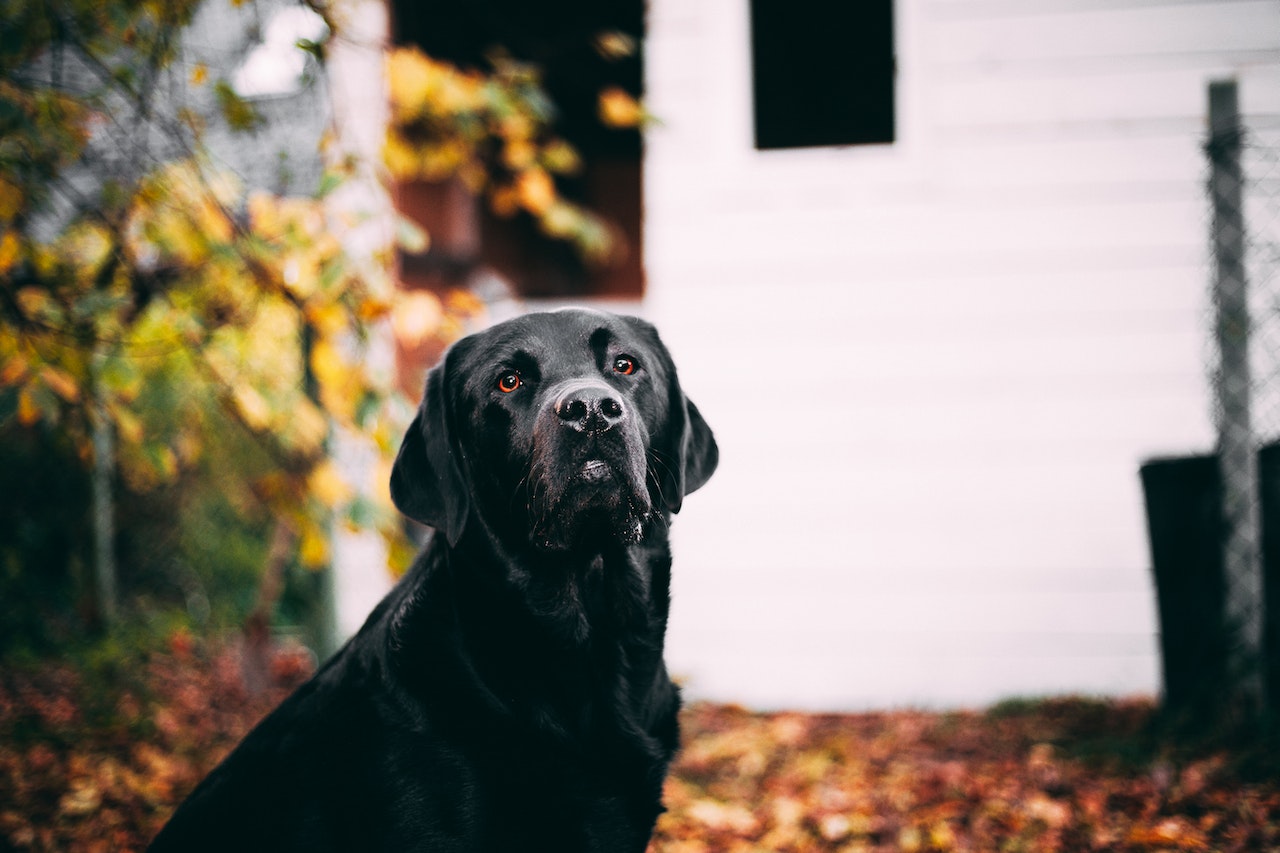How to Walk a Reactive Dog
Walking a reactive dog can be a challenging task, but with the right approach and techniques, it is possible to have enjoyable walks with your furry friend. In this article, I’ll share some of the best ways to take your reactive Labrador for a walk while keeping both of you safe and comfortable.
One important aspect when walking a reactive dog is understanding their triggers. Every dog has different triggers that may cause them to react negatively. It could be other dogs, loud noises, or even certain people. By identifying these triggers, you can anticipate potential situations and take proactive measures to avoid them or manage them effectively.
Another key strategy is using positive reinforcement training methods during walks. Rewarding your dog for calm behavior can help them associate pleasant experiences with being outside and encountering potential triggers. Treats, praise, or even playtime can be used as rewards when they exhibit calm behavior instead of reacting aggressively.
Additionally, consider implementing desensitization exercises gradually over time. This involves exposing your Labrador to their triggers in controlled environments at a distance where they feel comfortable and gradually decreasing the distance as they become more relaxed. With consistency and patience, desensitization exercises can help reduce reactivity in your dog over time.
Remember, it’s essential to always prioritize safety during walks with a reactive dog. Using secure leashes or harnesses and avoiding crowded areas can minimize the risk of any unwanted incidents. Taking small steps and gradually increasing exposure to triggering stimuli will help build confidence in your Labrador while ensuring their well-being.
Walking a reactive Labrador requires understanding their triggers, using positive reinforcement techniques, implementing desensitization exercises gradually, and prioritizing safety at all times. By following these best practices consistently and patiently working with your furry companion, you can transform those challenging walks into enjoyable bonding experiences for both of you!
Understanding Reactive Behavior in Labradors
Labradors are known for their friendly and sociable nature, but some individuals may exhibit reactive behavior. Reactive behavior refers to a dog’s response to certain stimuli, such as other dogs, strangers, or loud noises. It is important for Labrador owners to understand this behavior in order to effectively manage it during walks and other situations.
Here are some key points to help you understand reactive behavior in Labradors:
- Triggers: Reactive behavior can be triggered by various factors, including fear, anxiety, past negative experiences, or a lack of socialization. Common triggers for Labradors may include unfamiliar dogs approaching them or sudden loud noises.
- Signs of Reactivity: Watch out for signs that indicate your Labrador is becoming reactive. These signs may include barking excessively, growling, lunging on the leash, raised hackles (hair standing up on the back), or displaying aggressive posturing.
- Body Language: Pay attention to your Labrador’s body language when they encounter potential triggers. Signs of stress or discomfort may include a tense body posture, ears pinned back, tail held low or tucked between the legs, lip licking or yawning excessively.
- Positive Reinforcement Training: Using positive reinforcement techniques can help modify reactive behaviors in Labradors. Rewarding calm and relaxed behavior with treats and praise will reinforce those desired behaviors over time.
- Gradual Exposure: Gradually expose your Labrador to the triggering stimuli in controlled environments while maintaining a safe distance initially. This process called desensitization helps them become more comfortable and less reactive over time.
- Proper Leash Handling: When walking a reactive Labrador, it’s essential to use appropriate leash handling techniques to maintain control and prevent any sudden movements that might trigger reactivity.
- Seek Professional Help: If you’re struggling with managing your Labrador’s reactive behavior, consider seeking guidance from a professional dog trainer or behaviorist. They can provide specialized training methods and advice tailored to your Labrador’s needs.
Remember, working with a reactive Labrador requires patience, consistency, and understanding. By gradually exposing them to triggers while using positive reinforcement techniques, you can help your furry friend become more comfortable and confident in various situations.
Be sure to consult with a professional for personalized guidance based on your specific situation. With time and dedication, you’ll be able to enjoy peaceful walks with your reactive Labrador!
